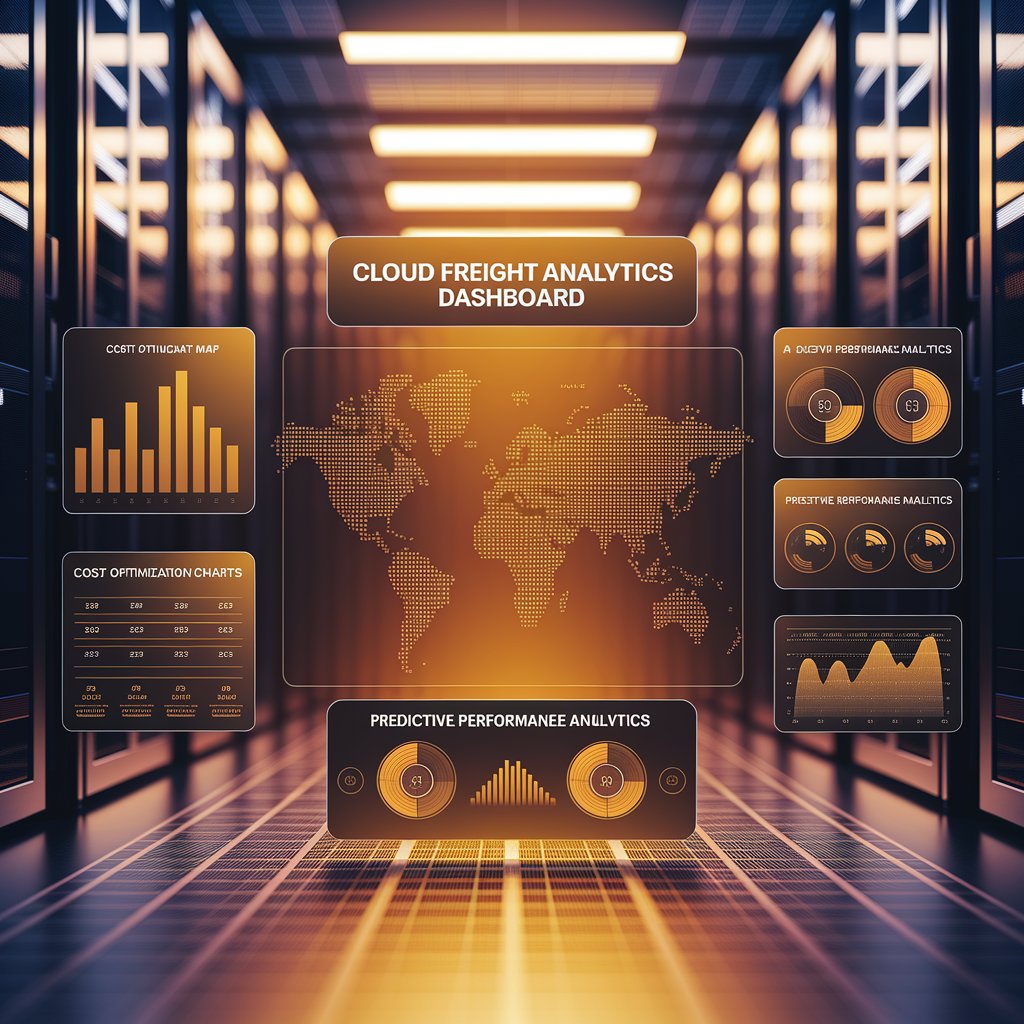Cloud Freight Analytics: Transforming Logistics Data into Intelligence with Linbis

Introduction
That’s where cloud freight analytics comes in.
With Linbis, logistics providers can centralize, analyze, and visualize all operational data through a cloud platform that delivers real-time insights, predictive analysis, and automated decision support.
Step 1: Unified Data in the Cloud
Linbis integrates every logistics data source into a single secure cloud environment:
- Freight invoices and tariffs → cost structures by mode and carrier.
- Shipment data → routes, transit times, and ETAs.
- Customer records → volume, profitability, and SLA performance.
- Warehouse and customs info → dwell times, inspection rates, and duties.
This centralization eliminates silos and ensures that every team — finance, operations, and sales — works with the same, updated information.
Step 2: AI-Powered Freight Analytics
Linbis uses machine learning to uncover hidden patterns in freight operations:
- Predicts optimal carrier selection based on cost and reliability.
- Detects inefficient routes or underperforming partners.
- Forecasts logistics costs by season, lane, and client.
- Identifies profit leaks in margins or freight rates.
With AI, Linbis transforms historical data into predictive intelligence, guiding decisions that boost profitability and performance.

Step 3: Real-Time KPI Dashboards
With Linbis cloud dashboards, users can monitor freight performance live:
- Cost per shipment and cost-per-mile analytics.
- Carrier punctuality and delivery success rates.
- Profit margin breakdown by client, region, or mode.
- Carbon footprint metrics for sustainability reporting.
Dashboards are fully customizable — giving executives and planners clear visibility from anywhere, on any device.
Step 4: Automation for Smarter Decisions
Linbis automation links analytics directly to workflows:
- If cost per route exceeds threshold, alert finance.
- If carrier performance drops, recommend alternatives.
- If shipment delays increase, trigger rerouting analysis.
- If profit margins fall, optimize pricing or booking rules.
Analytics no longer just report — they act automatically to improve performance.
Step 5: Collaboration and Scalability
Cloud architecture enables global access and real-time collaboration:
- Teams across locations view the same analytics dashboards.
- Data updates automatically with every booking, invoice, or tracking update.
- Permissions control who sees what, keeping sensitive data secure.
- Scales easily with company growth — no IT maintenance required.
This gives logistics businesses enterprise-grade intelligence without enterprise-level complexity.

Advanced Features
- AI-driven freight cost simulation.
- Predictive delay and cost variance models.
- Carbon and efficiency benchmarking.
- Cross-platform integration with ERP, TMS, and CRM.
- Role-based dashboards with auto-updating KPIs.
Real-World Example 🚛
A freight forwarder in Rotterdam adopted Linbis cloud freight analytics to unify cost and performance data across multiple regions. After 6 months:
- Reduced operational costs by 19%.
- Improved quote accuracy by 31%.
- Cut report preparation time from hours to minutes.
Now, the company uses predictive dashboards to monitor every route and optimize pricing dynamically.

Benefits 📈
- Visibility: Access complete freight data from anywhere.
- Efficiency: Eliminate manual reporting and silos.
- Predictive Intelligence: Anticipate trends before they impact results.
- Cost Optimization: Identify and eliminate inefficiencies fast.
- Scalability: Grow seamlessly with your digital logistics ecosystem.
Conclusion
Cloud freight analytics transforms logistics from reactive management to data-driven optimization.
With Linbis, companies don’t just collect freight data — they turn it into strategy. AI-powered insights, predictive modeling, and real-time visibility help every team make smarter decisions and operate with precision.
In the digital age of freight, analytics isn’t optional — it’s your competitive advantage.
